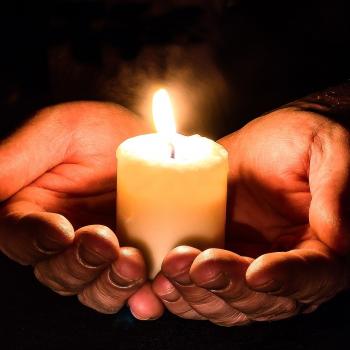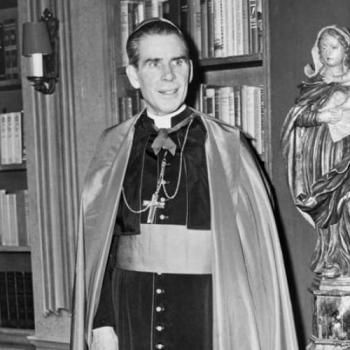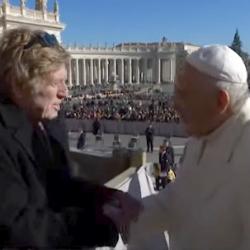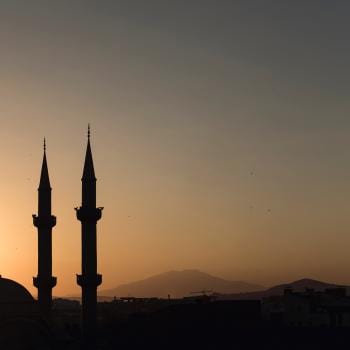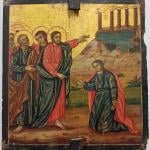A lengthy discussion on the subject from Catholic News Agency:
Fr. Joshua J. Whitfield is another married priest, who resides in Dallas and is a columnist for The Dallas Morning News. He recently wrote about his experience as a married priest, but also said that he would not want the Church to change its celibacy norm.
“What we need is another Pentecost. That’s how the first ‘shortage’ was handled. The Twelve waited for the Holy Spirit, and he delivered,” Fr. Whitfield told CNA in e-mail comments.
“Seeing this crisis spiritually is what is practical. And it’s the only way we’re going to properly solve it…. I’m simply not convinced that the economics of (married priesthood) would result in either the growth of clergy or the Church.”
…The Archdiocese of St. Louis… has not experienced a drastic shortage. When compared with other larger dioceses in the country (those with 300,000 or more Catholics), the St. Louis Archdiocese has the most priests per capita: only 959 Catholics per priests, in 2014.
Related: Imagining married priests: a few thoughts
John Schwob, director of pastoral planning for the archdiocese, said this could be attributed to a number of things – large and active Catholic schools, a local diocesan seminary, and archbishops who have made vocations a pastoral priority.
“…going back to the beginning of our diocese in 1826, the early bishops made repeated trips to Europe to bring back religious and secular priests and religious men and women who built up strong Catholic parishes and schools,” he told CNA. “That has created momentum that has continued for nearly 200 years.”
These three things also ring true for the Diocese of Lincoln, which has a smaller population and a high priest-to-Catholic ratio: one priest for every 577 Catholics, which is less than one third of the national ratio.
As in St. Louis, Lincoln’s vocations director Fr. Robert Matya credits many of the diocese’s vocations to Catholic schools with priests and religious sisters.
“The vast majority of our vocations come from the kids in our Catholic school system,” Fr. Matya said.
“The unique thing about Lincoln is that the religion classes in all of our Catholic high schools are taught by priests or sisters, and that is not usually the case … the students just have greater exposure to priests and sisters than a kid who goes to high school somewhere else who doesn’t have a priest teach them or doesn’t have that interaction with a priest or a religious sister.”
There’s much more. Read it all and see what you think.



